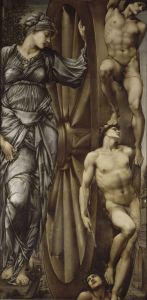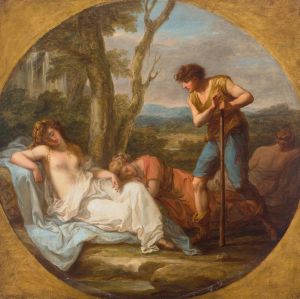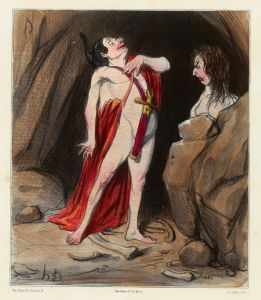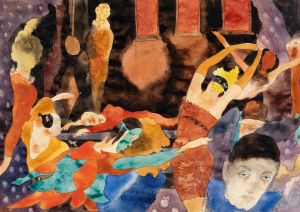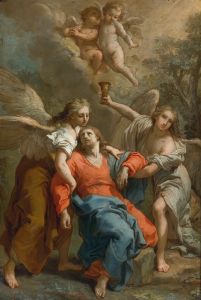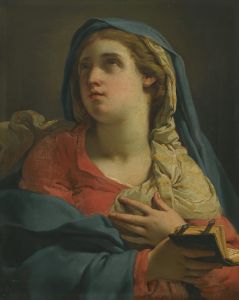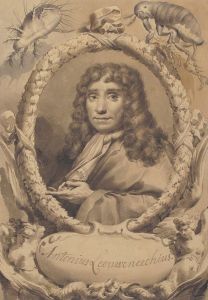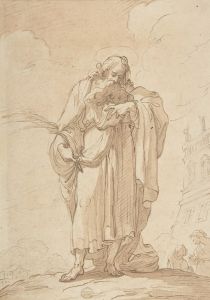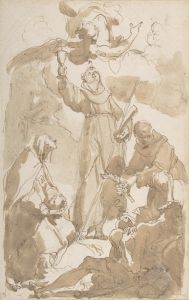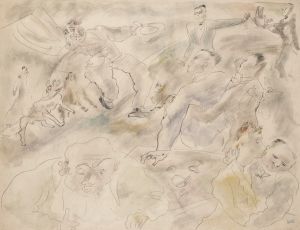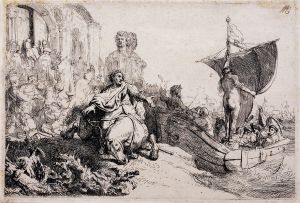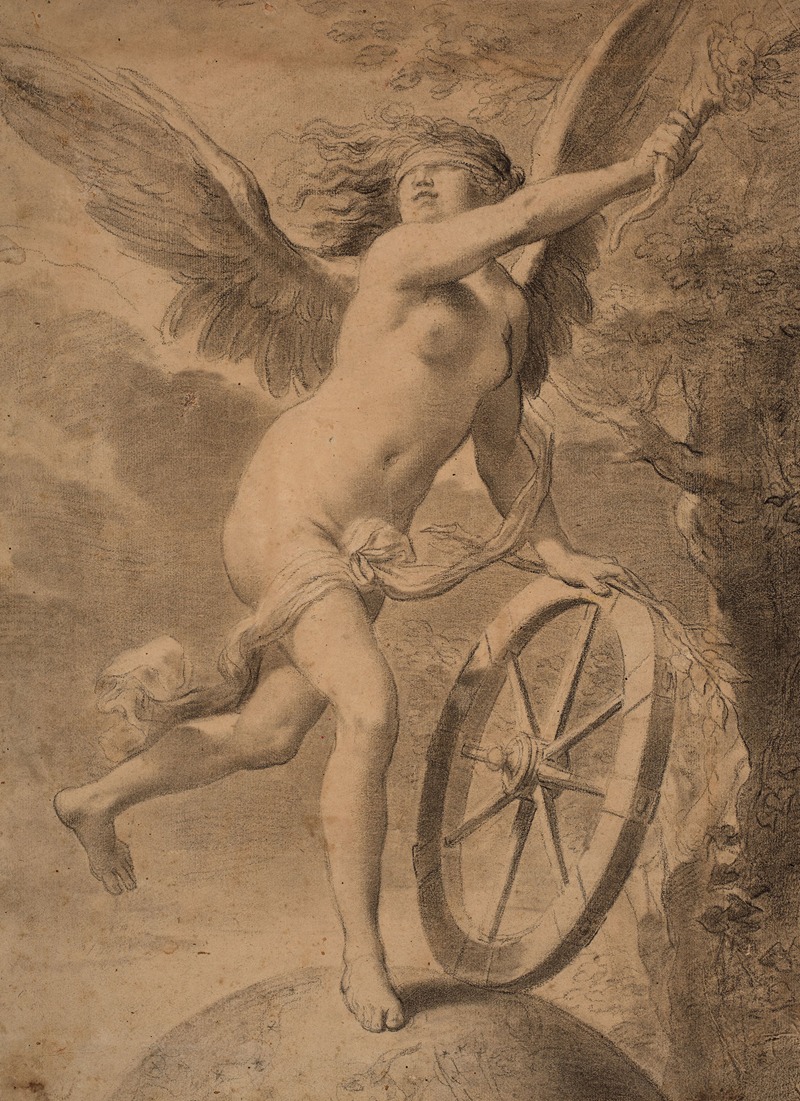
La Fortune
A hand-painted replica of Gaetano Gandolfi’s masterpiece La Fortune, meticulously crafted by professional artists to capture the true essence of the original. Each piece is created with museum-quality canvas and rare mineral pigments, carefully painted by experienced artists with delicate brushstrokes and rich, layered colors to perfectly recreate the texture of the original artwork. Unlike machine-printed reproductions, this hand-painted version brings the painting to life, infused with the artist’s emotions and skill in every stroke. Whether for personal collection or home decoration, it instantly elevates the artistic atmosphere of any space.
Gaetano Gandolfi was an Italian painter of the late Baroque and early Neoclassical periods, known for his dynamic compositions and vibrant use of color. One of his notable works is "La Fortune," a painting that exemplifies his skill in capturing the essence of allegorical subjects. Although specific details about "La Fortune" are limited, Gandolfi's broader body of work provides context for understanding this piece.
Born in 1734 in San Matteo della Decima, near Bologna, Gaetano Gandolfi was part of a prolific family of artists. He studied at the Accademia Clementina in Bologna, where he was influenced by the works of earlier Bolognese painters such as the Carracci family and Guido Reni. Gandolfi's style is characterized by a blend of Baroque dynamism and the emerging Neoclassical clarity, which is evident in his treatment of figures and composition.
"La Fortune" is an allegorical painting, a genre that Gandolfi frequently explored. Allegorical paintings use symbolic figures and imagery to convey deeper meanings or moral lessons. In the context of Gandolfi's work, "La Fortune" likely depicts the concept of fortune or luck, personified as a female figure. This was a common theme in art, where Fortune is often shown with attributes such as a wheel, globe, or cornucopia, symbolizing the capricious and bountiful nature of fate.
Gandolfi's paintings are noted for their lively compositions and the fluidity of his brushwork. He had a keen ability to capture movement and emotion, which would have been essential in conveying the whimsical and unpredictable nature of Fortune. His use of color and light would enhance the dramatic effect, drawing the viewer into the allegorical narrative.
Throughout his career, Gandolfi received numerous commissions for religious and mythological subjects, as well as portraits. His work was highly regarded in his time, and he contributed significantly to the artistic landscape of Bologna. Gandolfi's paintings can be found in various collections and museums, reflecting his enduring influence on Italian art.
While specific information about "La Fortune" is scarce, it is reasonable to place it within the context of Gandolfi's exploration of allegorical themes. His ability to infuse such subjects with vitality and depth would have made "La Fortune" a compelling representation of the concept it sought to embody.
Gaetano Gandolfi passed away in 1802, leaving behind a legacy of artistic achievement that continues to be studied and appreciated. His works, including "La Fortune," remain a testament to his skill and creativity, capturing the imagination of audiences with their dynamic compositions and rich symbolism.





